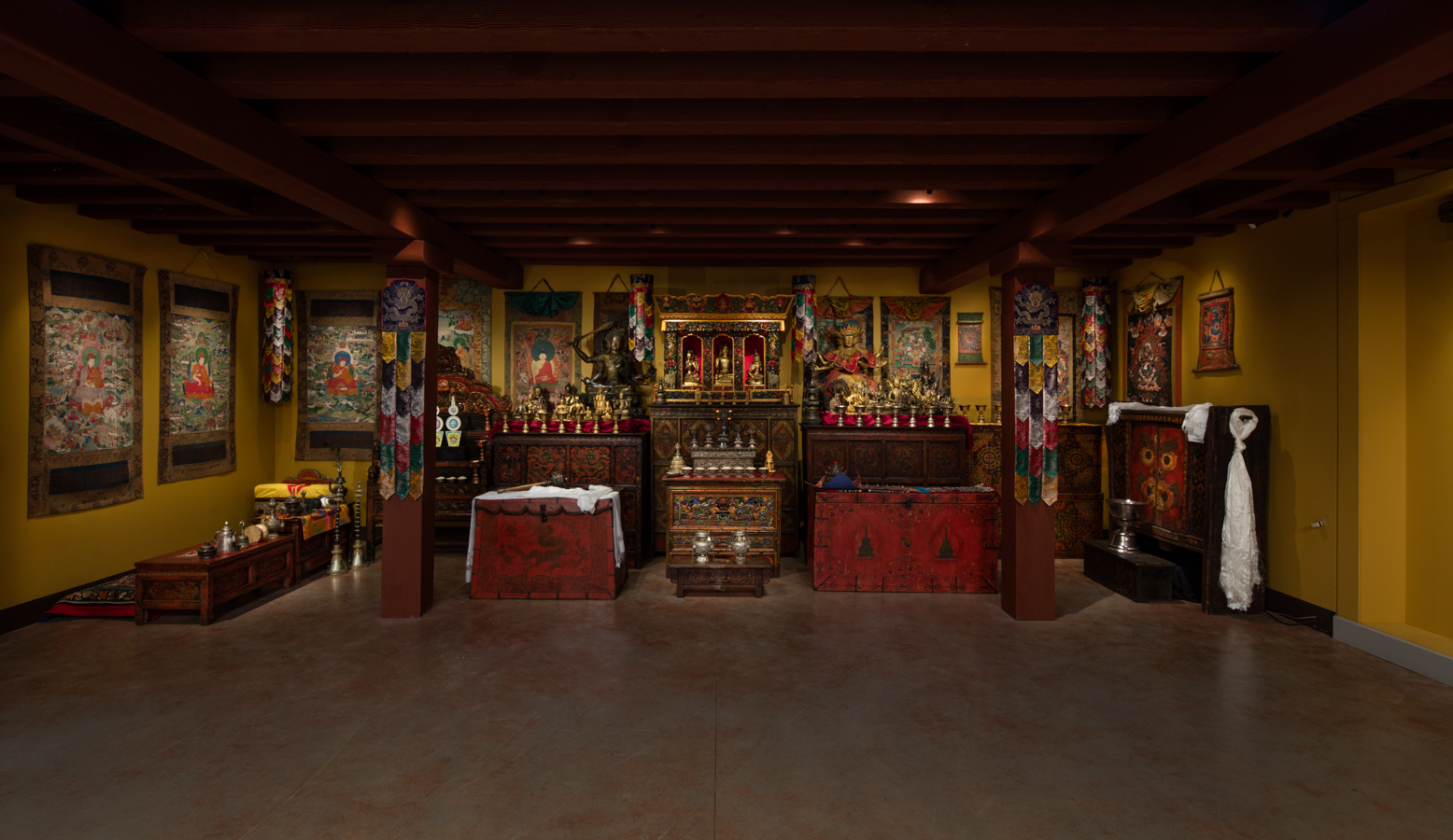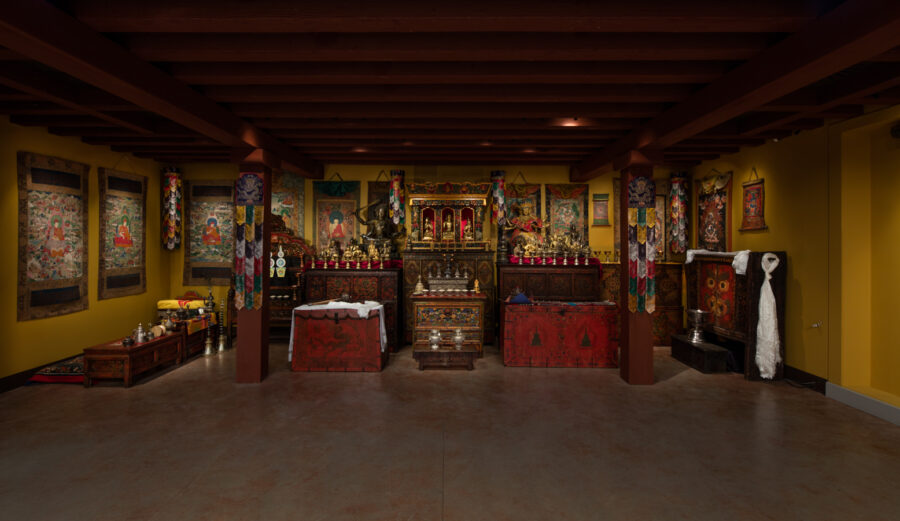


Loch Kelly believes that anyone can benefit from a daily practice of open-hearted awareness, even in the midst of the busy city. We caught up with him to discuss his book launch at the Rubin, why he’s a fan of our Tibetan Buddhist Shrine Room, and how we can all “shift into freedom.”
In my junior year in college I had three losses one after the other. My father died of brain cancer, my grandmother who lived with us died of old age, and my best friend from the hockey team died in a tragic car crash. I was filled with grief and overwhelmed one night walking to my dorm after the library closed. I heard my own voice say, “I don’t think you can take this much pain.” I turned back within to look to see who was talking and then everything opened up and I felt a sense of interconnectedness and freedom from the contracted suffering.
I became interested in what happened and that search led me to start meditating. I got relief and found support in a way I did not know was possible. This led me to graduate school and to a fellowship to study in Sri Lanka, India, and Nepal. I studied mindfulness in Sri Lanka and India, but it was the meeting of Tibetan Buddhist teacher Tulku Urgyen Rinpoche in Nepal that is the foundation for my practice and this book.
I can discuss the different parts of the title to help you understand what the book is about.
Initially, “freedom” refers to a freedom from suffering (which is what the Buddha taught). However it is also a freedom to live a life of joy, compassion, and well-being. “Shift” is the method. Our Buddha nature is equally available to each of us, and is already here. In the Tibetan Mahamudra tradition, which this book is based in, you can learn to shift into the freedom of your Buddha nature in the midst of your daily life.
“Science” is used in two ways. The first way is that there are many studies in recent years from neuroscience and psychology that support the tremendous benefits of meditation. The second use of “science” is that meditation and awakening have certain hypotheses, sets of principles, and experiments that can be tested. Then positive results are often reported regardless of culture, religion, or background.
The “practice” is learning how to shift your awareness from your chattering mind to discover peace of mind. This is done through the practice of small glimpses many times during the day. Once you learn how to shift into freedom, it is like tuning a radio into your favorite channel.
“Open-hearted awareness,” which is called bodhicitta, or “heart-mind,” is where we end up living from. We shift from head to heart. This is not our physical heart, emotional heart, or even our heart chakra. Instead it is an unconditionally loving awake space from which we feel safe, creative, and connected to everyone and everything.
This was my main interest in writing this book and developing this method of meditation: to be able to practice it with eyes open, in the midst of everyday life. The audio meditations can be downloaded onto your smartphone and done on the subway, as I do every morning. Those who are doing it now report that it changes their whole experience and day by becoming more responsive, open, and compassionate rather than reactive, fearful, and defensive.

Photo by David De Armas Photography
The Shrine Room is a contemplative space that has a feeling of safety and silence. It is also supportive in that it shows paintings of people who are practicing and discovering a way of being compassionate and free of suffering. It depicts what it is like when meditation is central to a culture and how it brings people together in a harmonious and just way.
When we discover open-hearted awareness as our ground of being and source of mind, we can find tranquility even in the midst of a busy city. When we do choose to find a peaceful space, like the Rubin Museum’s Shrine Room, we can feel the support of many who have practiced over the centuries. As we sit in the luscious silence that is deeper than sleep and wide awake, we can meditate and even “marinate” in the presence which will refresh and renew us.

Rubin Museum
150 W. 17th St., NYC
Get the latest news and stories from the Rubin, plus occasional information on how to support our work.